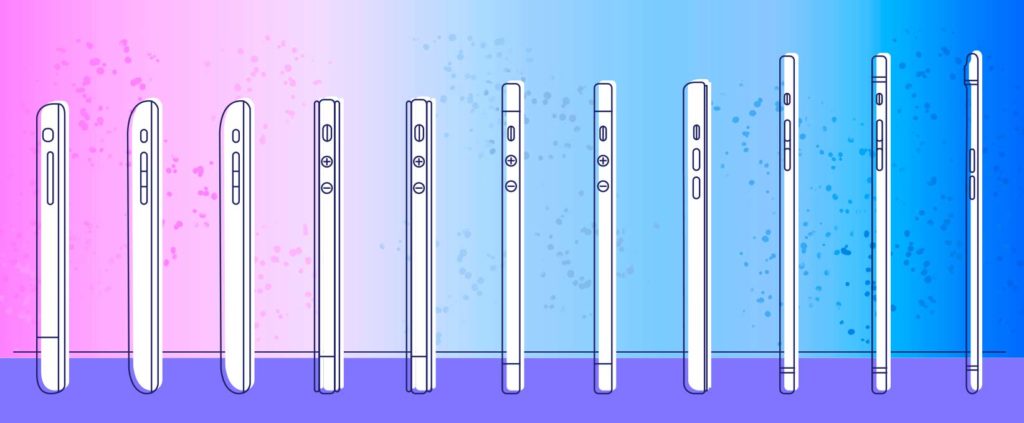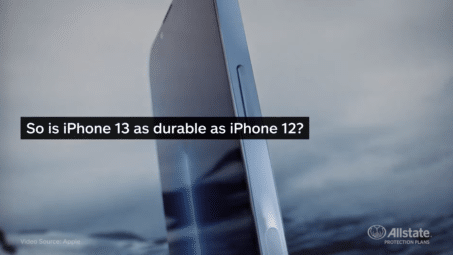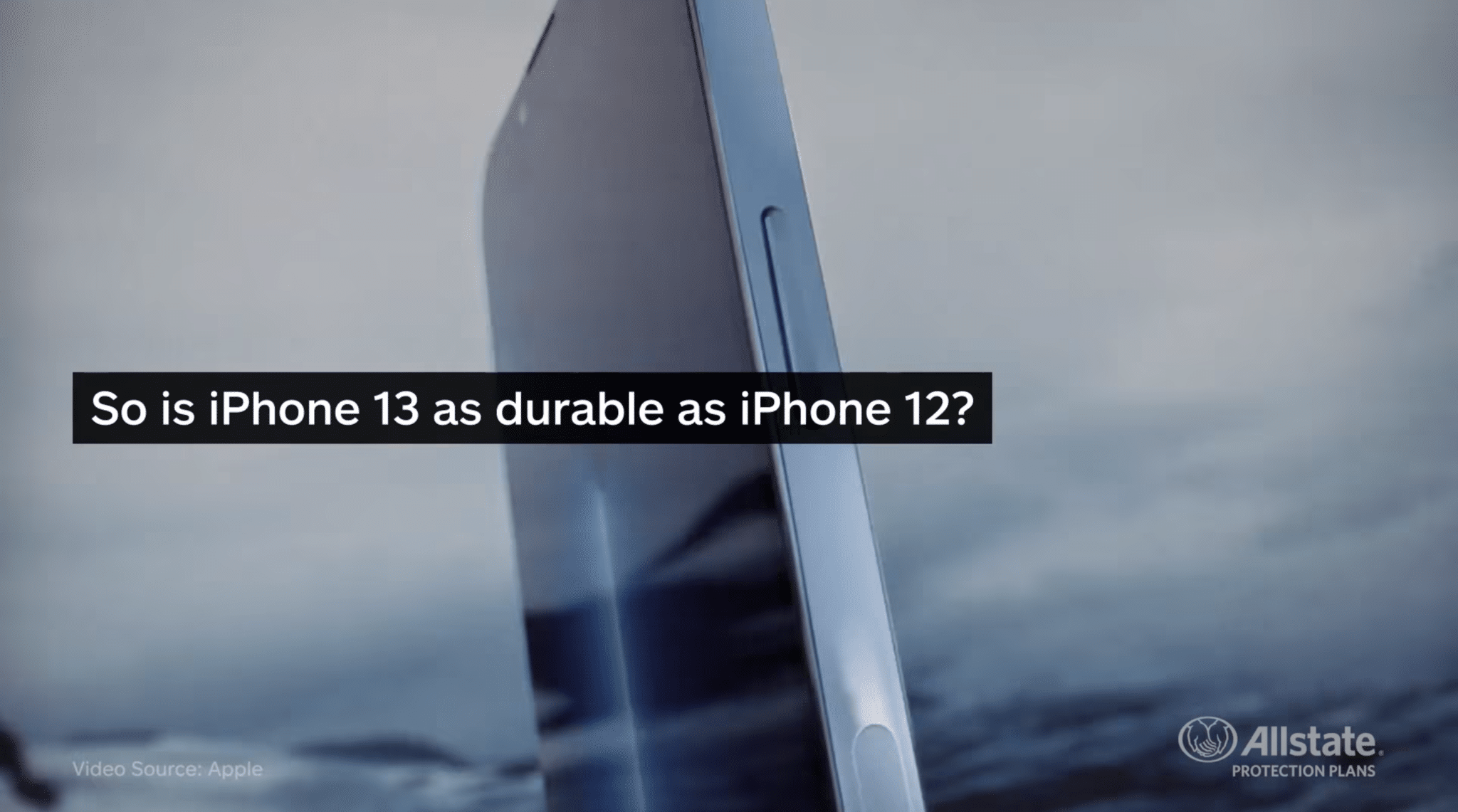It’s been 10 whole years since Apple introduced the world to the iPhone.
In honor of the occasion, we’re taking a trip down memory lane to see how the iconic smartphone has changed over the last decade.
iPhone 1 (2007)
When the iPhone was released, Steve Jobs claimed that Apple would reinvent the phone. As it turns out, he was not exaggerating. The all-in-one iPod, mobile phone, and camera—which sported a 3.5-inch screen with 320 x 480 resolution and up to 8 GB of storage space—was unheard of at the time, and completely revolutionized the market.
iPhone 3G (2008)
Contrary to its name, the 3G was actually the second generation iPhone. Featuring a slimmed-down body and plastic back, it was the first model to include the App Store.
iPhone 3GS (2009)
Though similar in design to its predecessor, the 3GS was faster and featured a 3.2MP camera capable of recording video.
iPhone 4 (2010)
The most popular “first iPhone” of all time, the 4 got a new, angular makeover with a high-resolution Retina display and a 5MP camera with HD video recording.
iPhone 4S (2011)
Upgraded 8MP camera aside, the big news with the release of the 4S was the introduction of Siri.
iPhone 5 – (2012)
The redesign everyone was waiting for! The iPhone 5 was thinner, lighter, and had a significantly larger 4-inch screen.
iPhone 5c/iPhone 5s (2013)
Dubbed the “budget iPhone” by some, the 5c came with a hard plastic body and a (slightly) more affordable price tag.
Its higher-end counterpart, the 5s, had more power, a superior camera, and a nifty fingerprint reader hidden under the home button.
iPhone 6/iPhone 6 Plus (2014)
Physical design changes dominated the 6 release: 4.7-inch screen, curved edges and corners, and a power button that moved from the top of the device to the side.
Apple also launched its first “phablet,” the 6 Plus. With a dramatic 5.5-inch display and 1920 x 1080 resolution, it boasted both the largest and clearest screen of any iPhone to date.
iPhone 6s/iPhone 6s Plus (2015)
Aside from the new rose-gold color option, the significant changes to these smartphones was the stronger (7000 series) aluminum body and 12MP rear-facing camera.
Both phones also debuted a “live photo” feature that recorded a few seconds of video with each shot, and 3D Touch, which allowed the home button to sense how much pressure was applied to it.
iPhone SE (2016)
A more reasonably priced alternative for people who found the larger models too bulky, the SE looked a lot like the 5s, but included an up-to-date 12MP rear-facing camera and 64GB of storage.
iPhone 7/iPhone 7Plus (2016)
The water-resistant iPhone 7 and 7 Plus, released alongside the iPhone SE, were equipped with increased speaker quality and a home button with haptic (vibrational) feedback. Apple also made the controversial decision to remove the headphone jack, to mixed reviews.
At this time, the release dates for both the iPhone 7s and 7s Plus (not to mention the much-anticipated 8), have yet to be announced.
So, what’s in store for the the next generation of Apple’s smartphones in the next 10 years? We can’t wait to find out!






